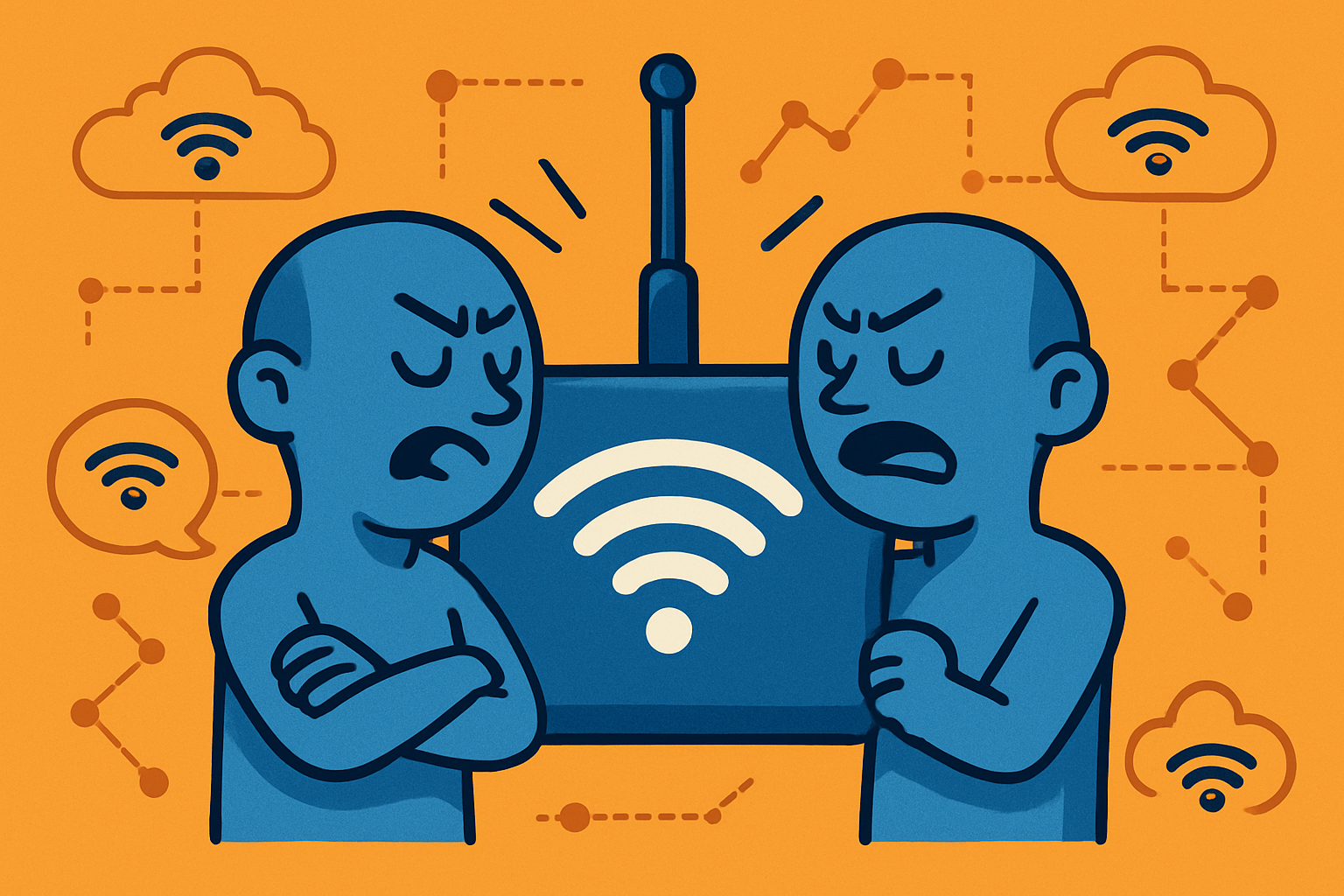
Imagine a city where traffic lights talk to each other. When one intersection becomes crowded, nearby lights adjust to keep cars moving. Raya et al. describe a network that behaves like that—except the “cars” are your video calls, game updates, and voice messages, and the “traffic lights” are tiny software agents that make quick decisions without waiting for a human. The idea is simple: detect when parts of the network are congested, then negotiate smarter routes so that the most important data gets through first. This self-managing style relies on four habits that every teen can recognize from life: setting yourself up, continually improving, addressing problems early, and protecting yourself. In network terms, these are referred to as self-configuration, self-optimization, self-repair, and self-protection.
To pull this off, the network sees itself as a web of “nodes” (devices) and “links” (connections). Some nodes are social butterflies with numerous connections; others are more reserved. By measuring who’s connected to whom and who sits in the “center” of things, the system spots the best places to send traffic when there’s trouble—think of texting a friend who knows everyone to spread the word fast. These ideas originate from graph theory, but you can visualize them as group chats and mutual connections: the more meaningful connections a node has, the more influence it holds in keeping the conversation moving.
Here’s the everyday win. When a device’s queue starts to overflow—like unread messages piling up—the system flags congestion and triggers a quick “vote” among nearby nodes about where to send each flow next. Flows get simple labels: video, voice, or data, each with a priority. The network then shares bandwidth based on that priority (for example, a higher share for top-priority traffic), so your voice call won’t stutter just because a background download got greedy. Only congested spots initiate this negotiation, and the choices aim to match each neighbor’s preferences and capacity, using straightforward rules such as first-in, first-out lines and a clear threshold for when to act. In short: notice the jam, ask the neighbors, and direct the flow where it will be treated most effectively.
The team built and tested this in a simulator to watch what happens over time. When parts of the network got crowded, the agents stepped in and rerouted traffic according to those priorities. Voice often came out ahead—useful when you care about smooth calls—while video and general data took turns depending on the situation. The big takeaway for daily life: smarter, fairer sharing means fewer glitches during the moments you actually notice, like streaming or chatting, while quieter tasks adapt in the background. It’s like having a friend group that instinctively gives the mic to whoever needs it most, then rotates it back. This approach makes networks more resilient and hands-off, allowing them to keep up with whatever you throw at them—without requiring you to think about it.
Reference:
K. Raya-Díaz, C. Gaxiola-Pacheco, & M. Castañón-Puga. (2018). Agent-Based Model for Self-Management of Network Flows using Negotiation. IEEE LATIN AMERICA TRANSACTIONS, 16(1), 204–209. https://doi.org/10.1109/TLA.2018.8291475
Privacy Notice & Disclaimer:
This blog provides simplified educational science content, created with the assistance of both humans and AI. It may omit technical details, is provided “as is,” and does not collect personal data beyond basic anonymous analytics. For full details, please see our Privacy Notice and Disclaimer. Read About This Blog & Attribution Note for AI-Generated Content to know more about this blog project.